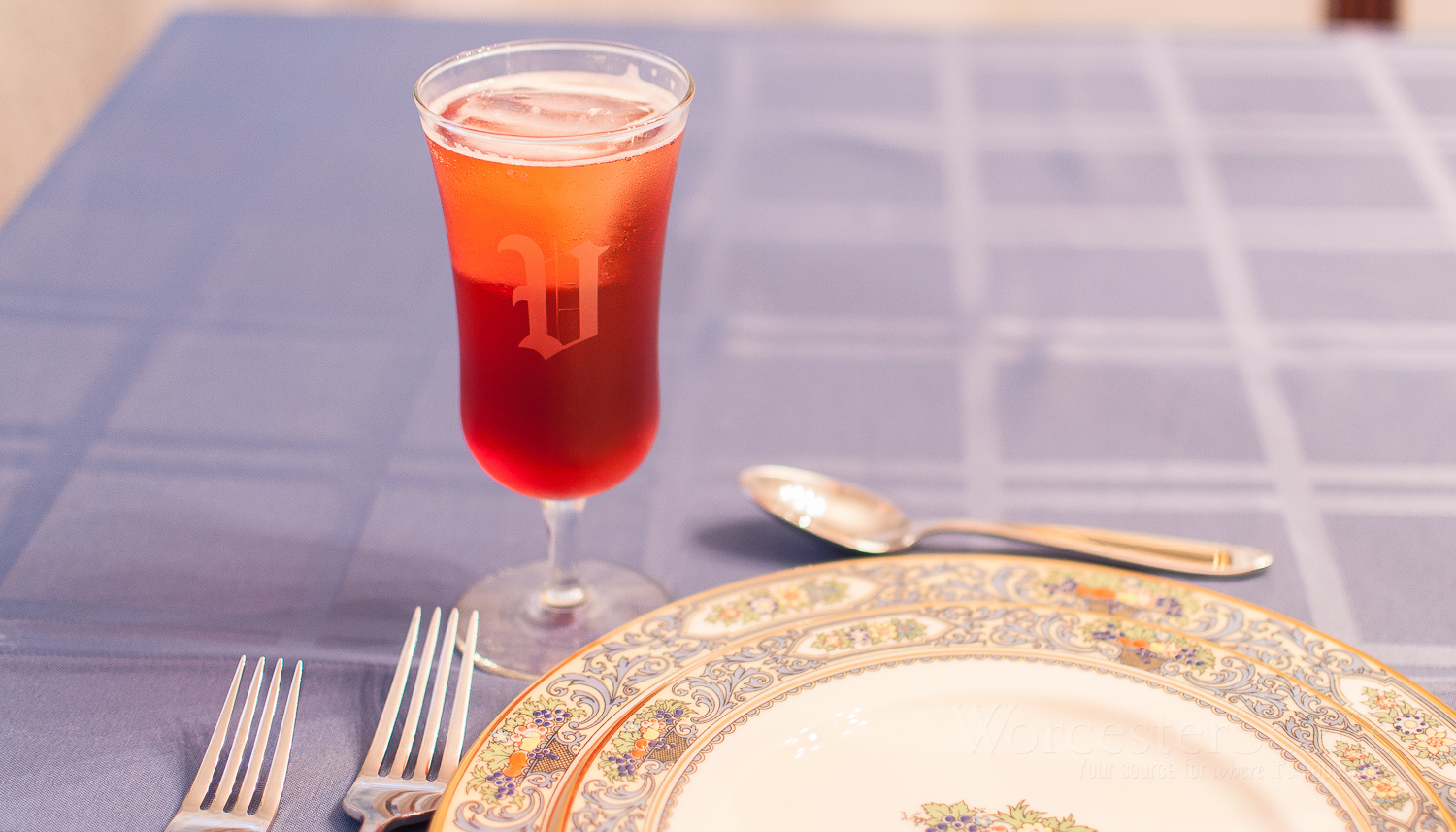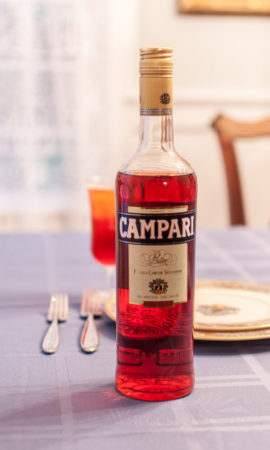
Aperitifs, or aperitivos, are a class of liqueur that are typically served prior to a meal as a way to cleanse the palate and whet the appetite. They are generally low in alcohol content, as alcohol tends to dampen the taste buds. Consequently, this makes them ideal for mixing in cocktails as they won’t overpower other ingredients in the drink. There are another class of liqueurs that are ‘brothers’ to aperitifs, and those are the digestifs, which are meant for after the meal. They contain herbs and spices and are meant to help digest your food. We won’t get into those in this month’s article, but certainly you’ll want to discover those as well.
You might ask why we are spending this much time and energy talking about a liqueur that is only 10-30% ABV (20-60 proof) in this forum, but the truth is, the low alcohol content is a strength, and what makes them shine. Not only do they mix well in certain cocktails, they also work well on their own or with a simple mixer such as soda water. This is important, particularly as we come upon the dog days of summer.
Aperitifs range from the classic wine based liqueur known as sweet vermouth to the interestingly bitter Campari. There are many others, and we won’t have time to discuss all of them here, but we should cover the basics so you can add them to your arsenal at home.
Sweet Vermouth
Much like gin, sweet vermouth has suffered from a negative stigma over the last several decades. It has gotten a bad rap, mostly because there were some really bad products being brought to market in light of the more popular, and less flavorful spirits being introduced. Vermouth has been relegated to the back of our grandparent’s liquor cabinet, collecting a mound of dust over the last couple decades. It is one of the great injustices of the cocktail world, and one I hope I never have to experience again.
First things first, sweet vermouth can be wonderful, is extremely affordable, and is incredibly versatile. While we’re at it, let’s move sweet vermouth back to where it belongs by taking it off the back shelf and placing it in the refrigerator. It should be stored chilled, unlike it’s cousin, red wine, which is generally stored at room temperature.
One of my favorite liqueurs of all time is an Italian sweet vermouth called Carpano Antica. It is distributed by the same folks that make my other favorite liqueur Fernet Branca (I’m seeing a pattern here). Carpano will instantly take your Manhattan cocktail from average to amazing by providing depth and various spice notes, including star anise, vanilla, and orange peel. Interestingly, even though Carpano is a red vermouth, it is actually made with white wine. The grapes are muscatel grapes from the Piedmont region of Italy. Carpano is so delicious, you can even drink it on the rocks – go ahead, I dare you!
 Campari
Campari
Campari is one of those liqueurs that people are afraid to try, but once they do, they realize what a great spirit it is. With its bright red color and bitter aftertaste, Campari can be intimidating to the senses. But fear not, when used in the right proportions and with the right supporting cast, Campari can really work wonders on a hot summer day. Brought to market in the second half of the 19th century, Campari is another on the long list of bitter Italian liqueurs. An odd fact on Campari is that the red color of the spirit was originally derived from crushed insects, however, the company stopped using this practice in 2006. Campari can also be considered as a bitter, as it has a strong, bitter aftertaste. Unfortunately, this may turn some people away. But this is also one of Campari’s greatest assets, as it helps quench your thirst. When I think of Campari, I can picture myself sitting in an Italian village on a scorching summer day, with the sweat dripping off my brow, sipping on my Campari and soda water. Kicking back in the chair and then realizing all is right in the world…one can dream, can’t he?
Aperol
Aperol is a northern Italian liqueur that looks and tastes similar to Campari, however, is much less bitter and has about half the alcohol content. Aperol is a good alternative to Campari because it is less assertive and has more fruit notes to it, such as grapefruit, mango, and pear. One of the more widely known uses for Aperol is in the Aperol spritz. Although mostly taken on as part of a marketing campaign to raise awareness of the brand, it is a really refreshing cocktail and perfect for this time of year. There are only 3 ingredients: Aperol, soda water, and Prosecco (sparkling wine).
So there you have 3 of the major players in the Aperitif category. Feel free to experiment and substitute one for another in particular cocktails. I know a friend who swears by substituting Aperol for Campari in his Negroni cocktail, one of the most iconic classic cocktails around. At first I shook my head at such blasphemy, but now that cocktail goes by the name Kevgroni, and it is a delicious alternative. And if you never knew this category existed in the liquor world, you’ll be glad you read this month’s article! Cin cin!
NEGRONI
- 1 oz Campari
- 1 oz Carpano Antica (or other sweet vermouth)
- 1 oz Gin (Beefeater works well here)
- Stir over ice and serve on the rocks with an orange peel
AMERICANO
- 2 oz Campari
- 1 oz Carpano Antica
- Top with Club Soda
- Serve over ice in tall Collins glass and an orange twist

